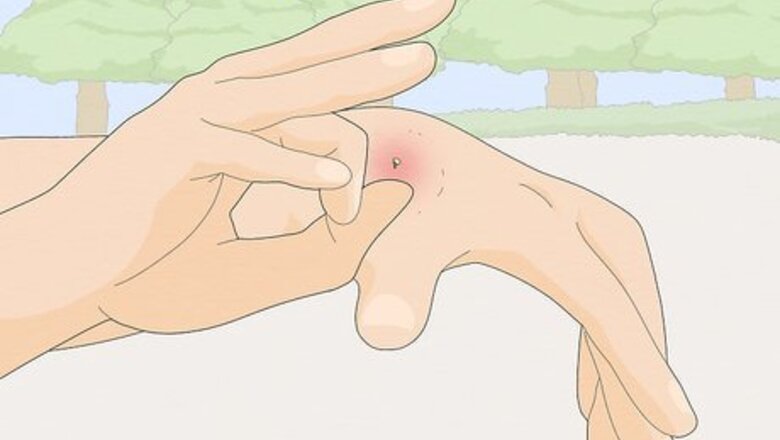
views
Remove the stinger immediately.
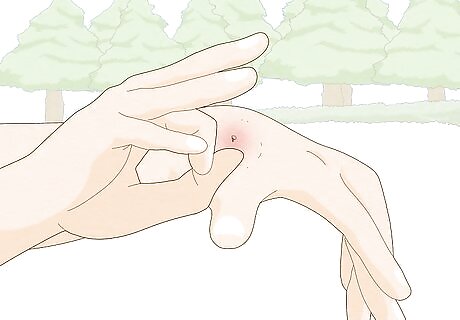
Use your fingers or the edge of a credit card to flick the stinger out. Flick the stinger sideways to ensure it doesn't break off in your skin. The stinger still has venom inside it—removing it as quickly as possible limits the amount of venom that enters your bloodstream. The less venom in your bloodstream, the milder your reaction will be. Take care not to squeeze the stinger, which could release more venom and defeat the purpose of removing the stinger. If you don't see a stinger, all that means is that you were likely stung by a yellow jacket, a hornet, or a wasp rather than a honey bee. Only honey bees lose their stingers—the others remain intact.
Wash the area with soap and cold water.
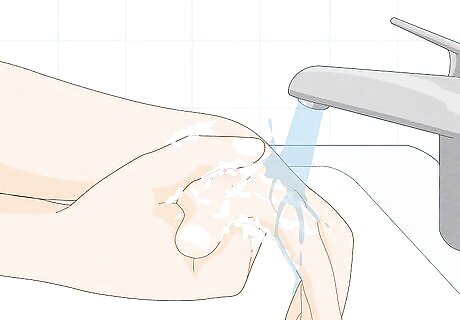
Washing the area cleans off any residual venom and bacteria. Any dirt or bacteria present around the sting could lead to infection, so it's important to make sure the area is clean before you attempt to treat it further. Cool water can also help ease the pain and inflammation from the sting. If you're worried about a possible allergic reaction, mark the swollen area carefully with a pen after washing it so you can keep track of any spread.
Take an antihistamine as soon as possible.

Oral antihistamines, such as Benadryl, relieve your whole system. Even if you've never had a severe allergic reaction to a bee sting, an oral antihistamine can help. By reducing your body's allergic reaction, you'll have less pain and itching to manage. An oral antihistamine can also blunt what might've been a more serious reaction—but only if you take it as soon as possible after being stung.
Elevate the affected area.
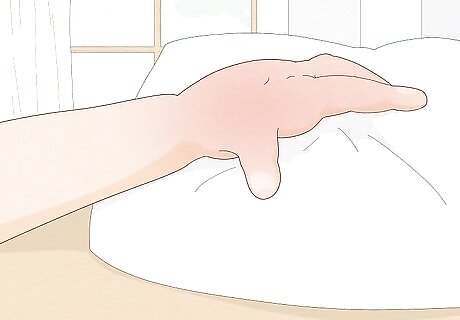
Elevating the affected area above the heart can reduce swelling. Depending on the location of the sting, the amount of swelling might seem alarming. However, it's usually no cause for concern and will typically go away within a few hours. For example, if you get stung on your hand, your hand may swell to twice its normal size! While it might look bad, it's typically no cause for concern. Elevating your hand will help the swelling go down faster.
Use a cold pack to reduce swelling.
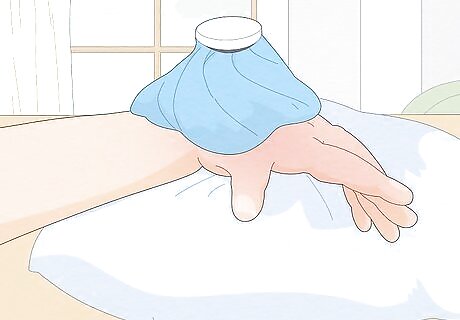
Wrap an ice pack in a towel and place it directly on the sting. You can also use a bag of frozen vegetables. Just make sure you're not putting anything frozen directly on your skin. Leave the ice pack on for 10-15 minutes, then take it off. You can repeat this every couple of hours as needed if it gives you some relief. If the swelling moves to other parts of your body, especially your face or neck, it could be a sign of an allergic reaction. Call emergency services or get yourself to an emergency room or urgent care clinic as quickly as possible.
Try home remedies for additional relief.
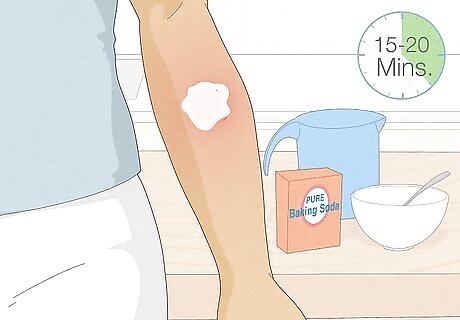
Basic items typically found in your pantry can help relieve pain and itching. If you're more of a do-it-yourselfer, these home remedies might become your go-to in the event of a bee sting. Feel free to try any of the following and see if they help: Mix baking soda and water to form a paste. Cover the affected area and let it sit for 15-20 minutes, then rinse it off. Mix unseasoned meat tenderizer and water to form a paste. Just like the baking soda paste, leave it on the sting for 15-20 minutes, then rinse it off. Soak a tea bag, then rest it against the bee sting. Leave it there for 15-20 minutes, then wash the area with soap and warm water.
Take an over-the-counter pain medicine for pain.

Try acetaminophen (Tylenol) or ibuprofen (Advil, Motrin) to relieve pain. Bee stings can be painful, but these basic OTC pain relievers can help! Follow the dosage instructions on the bottle—don't take any more than that unless your doctor told you to. You shouldn't need anything stronger for pain. If you think you do, go to an urgent care clinic and have a doctor assess your situation first.
Use hydrocortisone cream to relieve itching.
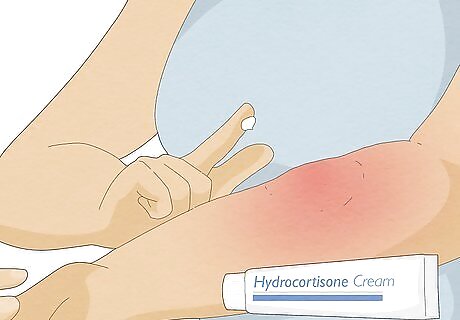
Hydrocortisone and antihistamine creams numb the skin and calm itching. Scratching a bee sting can make it worse by spreading the venom and potentially leading to infection. If you can resist the urge to scratch, applying a cool layer of Benadryl cream or calamine lotion will help. Most of these creams combine an antihistamine with a topical steroid to reduce the symptoms at the source. You can also cover the area with a light bandage to keep it clean and reduce your urge to scratch at it.
Watch for signs of an allergic reaction.
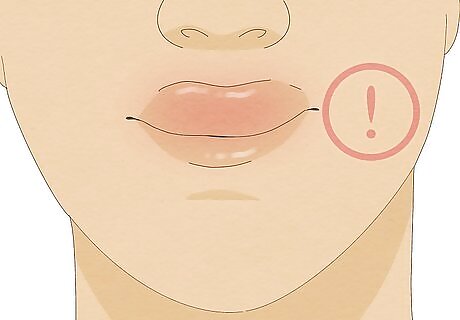
An allergic reaction can be life-threatening unless treated promptly. It's possible to become allergic to bee stings even if you've never had a reaction in the past—so always keep an eye out for symptoms when you get stung. Be on guard for: Dizziness or tingling sensations Hives or itching beyond the specific location of the sting Swollen lips or tongue Difficulty breathing
Call emergency services if you're allergic.

If you have an allergic reaction, every second counts. Because anaphylaxis can inhibit your breathing, an emergency medical team may need to perform CPR. They can also inject antihistamines and cortisone that will reduce inflammation and ease your body's allergic response. Once you have an allergic reaction, your doctor will likely prescribe an emergency epinephrine autoinjector, such as EpiPen. Make sure you keep this on you at all times, especially if you're going to be spending time outdoors.












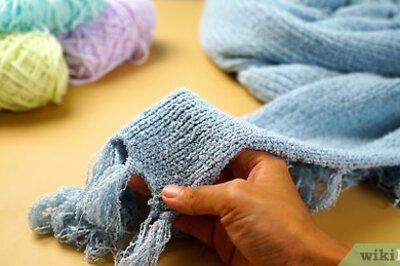







Comments
0 comment